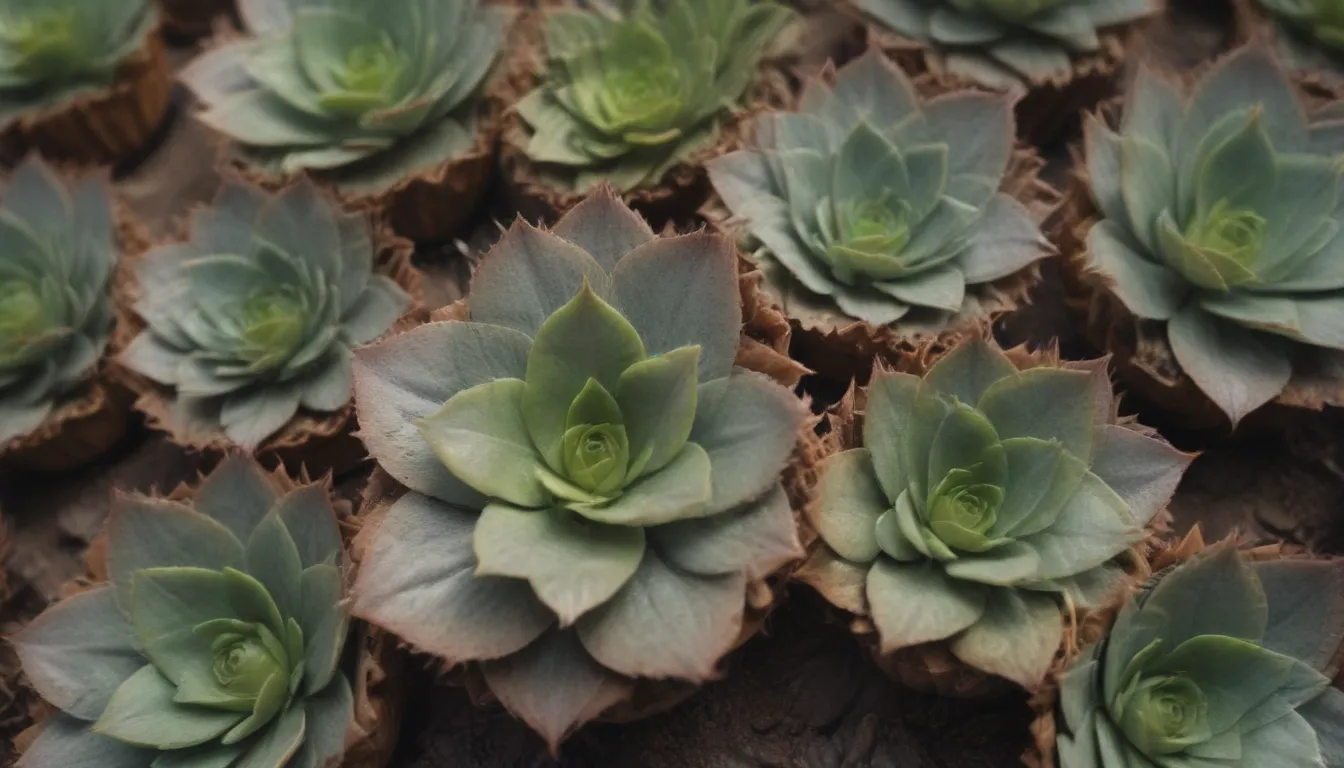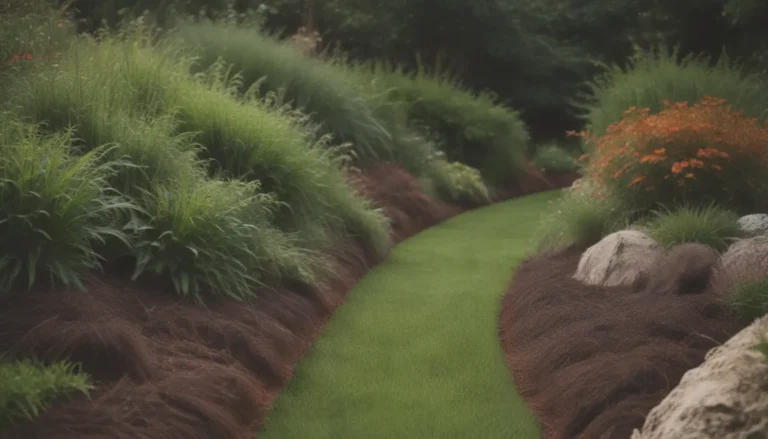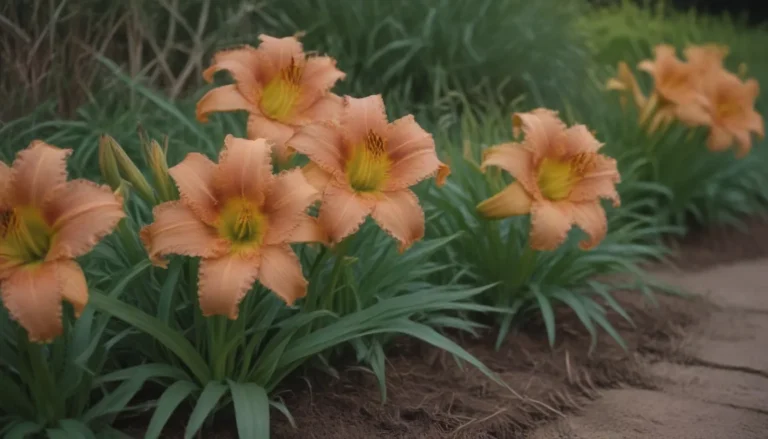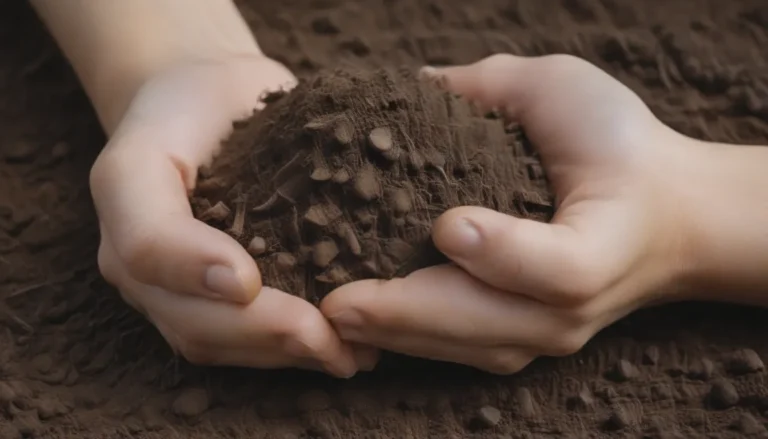A Comprehensive Guide to Growing and Caring for Haworthia Cooperi Plants

Are you a succulent enthusiast looking to add a unique and eye-catching plant to your collection? Look no further than the Haworthia cooperi, a versatile and low-maintenance species that is sure to stand out in any space. In this in-depth guide, we will explore everything you need to know about caring for this unusual succulent.
Introduction to Haworthia Cooperi Plants
The Haworthia cooperi is a slow-growing succulent that features triangular or rounded tips on green leaves, forming attractive rosette clumps. One of the unique highlights of this plant is the transparency in the fleshy tips, with some varieties exhibiting completely transparent tips while others have translucent streaks. During the spring or summer, you may even be treated to pinkish-white blooms on long stems.
Haworthia Cooperi Care Tips
When it comes to caring for your Haworthia cooperi, there are a few key things to keep in mind to ensure it thrives:
- Light: Unlike many succulents, Haworthia cooperi plants prefer bright but indirect light. Avoid placing them in full sun, as this can cause the leaves to fade or develop a yellow or reddish tinge.
- Soil: Opt for a well-draining potting medium, such as a cactus mix blended with coarse sand for maximum drainage.
- Water: Water deeply but infrequently, allowing the soil to dry out almost completely between waterings. Avoid overwatering, as this can lead to root rot.
- Temperature and Humidity: Haworthia cooperi plants prefer warm temperatures above 50 degrees Fahrenheit and average home humidity levels.
- Fertilizer: These plants are not heavy feeders, so use a low-nitrogen succulent fertilizer sparingly, feeding only at the start and end of the growing season.
Types of Haworthia Cooperi
Haworthia cooperi plants come in many varieties, with some being more rare and difficult to find than others. Some of the better-known varieties include:
- Haworthia cooperi var. pilifera
- Haworthia cooperi var. dielsiana
- Haworthia cooperi var. venusta
Propagating and Repotting Haworthia Cooperi
While propagating Haworthia cooperi from seeds can be challenging, you can easily propagate new plants by separating offsets or pups from the main plant. When repotting your Haworthia cooperi, opt for a shallow pot with well-draining soil to keep your plant healthy and thriving.
Common Pests and Plant Diseases
One of the benefits of growing Haworthia cooperi plants is that they are not prone to many pests or diseases. However, be on the lookout for sap-sucking mealybugs, which can be controlled with neem oil or insecticidal soaps.
Common Problems and Solutions
If you encounter issues with your Haworthia cooperi plant, such as stretching, shriveling, wrinkling, or leaves turning brown, don’t worry. These problems can often be resolved by adjusting your watering and light levels to meet the plant’s needs.
In conclusion, the Haworthia cooperi is a unique and fascinating succulent that is sure to capture the attention of any plant enthusiast. With proper care and attention to its specific needs, you can enjoy the beauty of this plant for years to come. So why not add a Haworthia cooperi to your collection and watch it thrive in your home!





